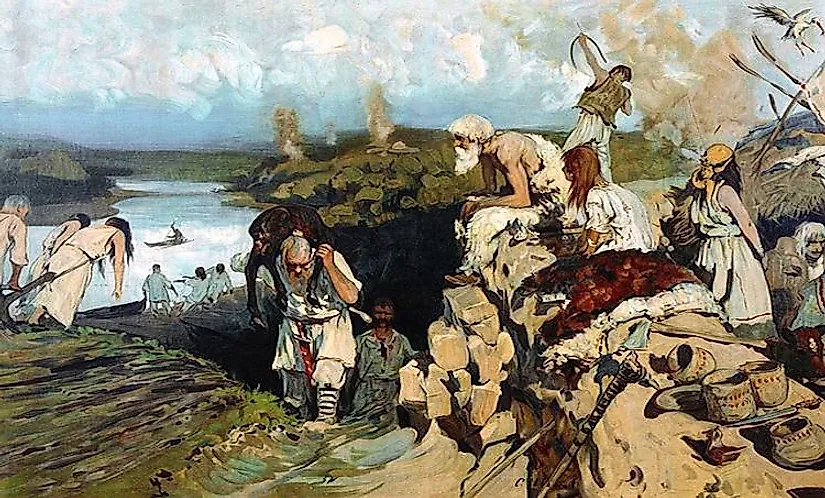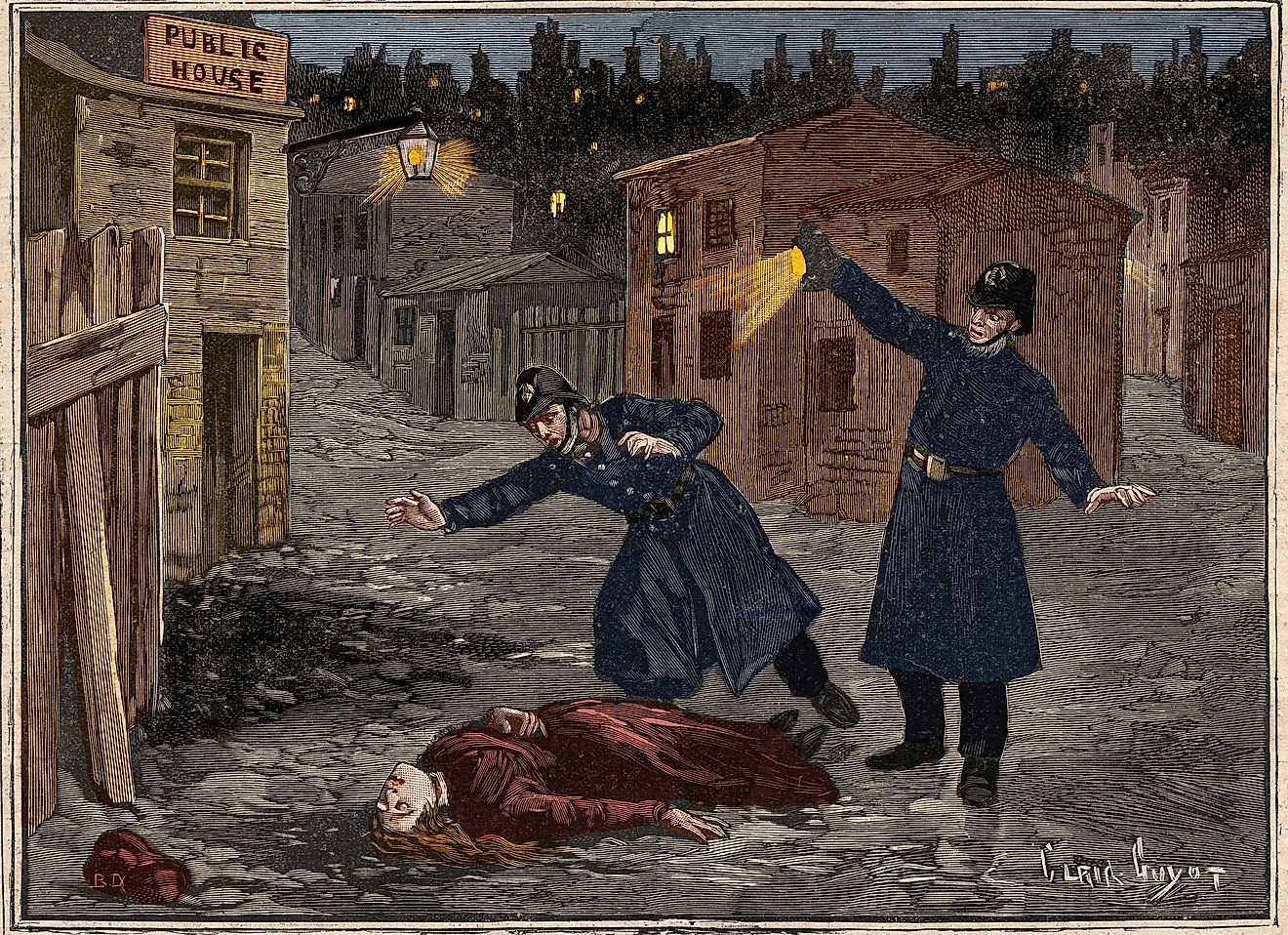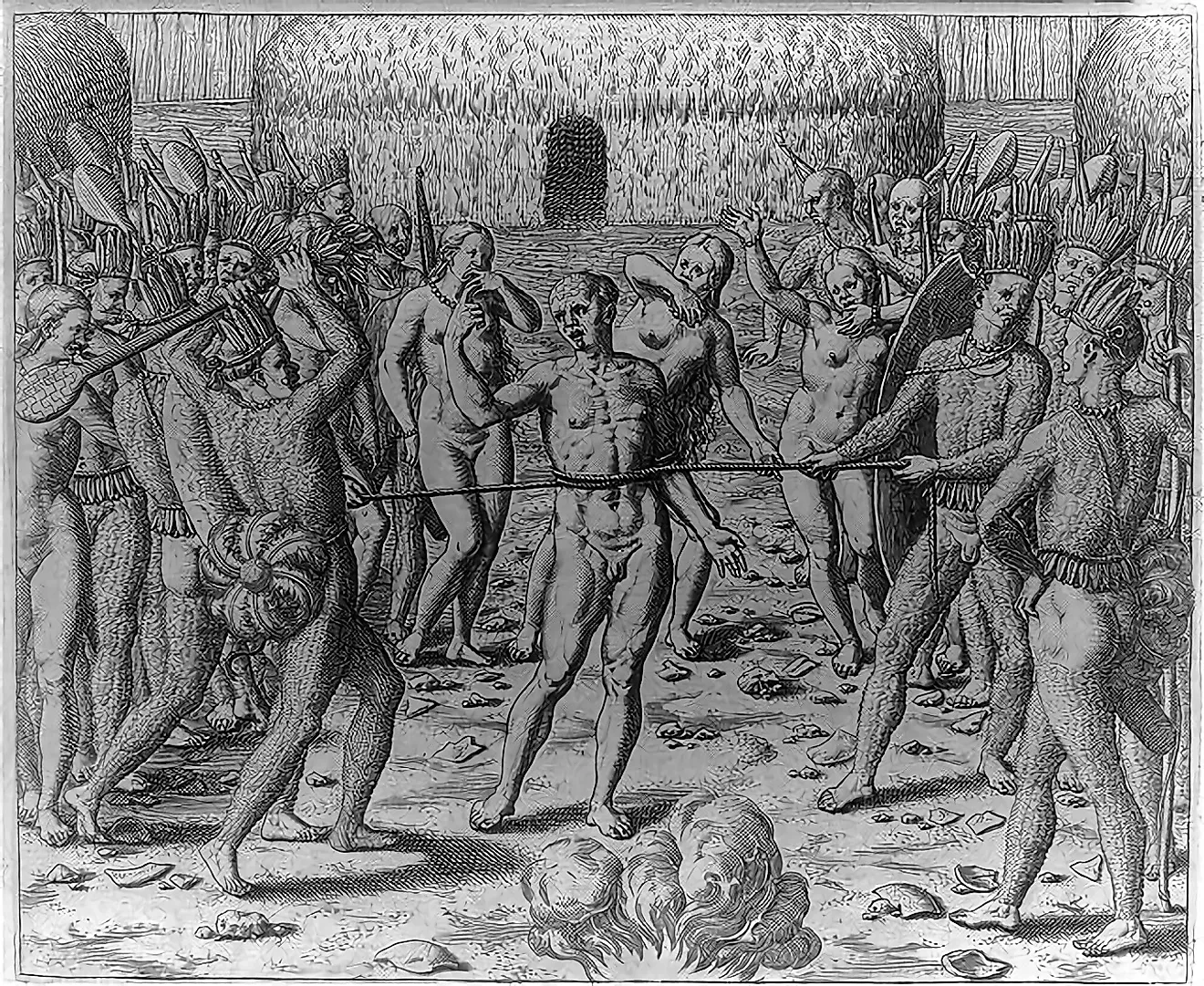Slavic Countries

The Slavic Countries
Slavs are Indo-European ethnolinguistic groups in Europe. They are natives of Central, Eastern, Southeast, and Northeast Europe as well as Central and North Asia. The Slavs speak mainly Indo-European Slavic Language. The states made up of the Slavs account for about 50% of the territory of Europe. The Slavs are grouped into West Slavs comprising Poles, Slovaks, and Czechs, East Slavs comprising of Ukrainians, Russians, and Belarusian, and South Slavs comprising Serbs, Bosniaks, Slovenes, Serbs, and Macedonians. The modern Slavs are diverse in almost all ways including culture, genetic, and relationship between them. There are over 360 million Slavs worldwide.
History Of The Slavs
The ancient Slavs belonged to diverse tribal societies who lived in the migration period between the 5th and the 10th century especially in the Eastern and Central Europe. They absorbed the Iranian ethnic groups who were also living in the Central and Eastern Europe around the sixth century. The Slavs’ population grew rapidly thus by the 8th century they had expanded towards the Balkans, Alps, and Volga River. The majority of the Slavs converted to Christianity in the 9h century and occupied most of the medieval Christian states including Bulgaria, Poland, Serbia, Croatia, and Bosnia. Slavs were organized into chiefdoms with consolidation of the chiefdoms taking place in the 7th and 8th century. During the consolidation period, the culture of the Slavs was greatly influenced by the neighboring communities including the Khazars, Vikings, and Byzantium. The early Slavs made temporary settlements along the rivers with their settlements characterized by sunken buildings called “Grubenhauser.” Each of the building had a stone oven in a corner, a characteristic that is still common in most Eastern Europe homes. The settlement had open areas which were significant for public activities and ceremonies.
Distribution Of The Slavic Population
Slavic expansion to Europe took place approximately between 500 and 1000 AD. Slavs were part of the Eurasia, a multi-ethnic group which made up the Hun, Gothic, and Sarmatian Empires. In the 19th century, there were only three free Slavic States in the world; Montenegro, Russia, and Serbia. Slavs are the ethnic majority in most of the Central and Eastern Europe Slavic countries. They make up the citizenship of those countries. Currently, there are over 360 million Slavs worldwide. Russia has the highest number of Slavs, 130 million. Russians in the country form the ethnic majority. There are over 57 million Poles and Ukrainians each living in Poland and Ukraine respectively. Macedonia and Montenegro account for the least number of Slavs, 2.2 million and 750,000 respectively. The Former Soviet States and former territories of the Warsaw Pact including Kazakhstan are inhabited by Slavic minority population mainly from Russia and Ukraine.
Languages, Religions, And Culture
Slavs are mainly Christians and belong to two Christian denominations; Eastern Orthodox and Roman Catholic. The Orthodox Christianity is popular among the East and South Slavs while Roman Catholicism is popular among the West and the Western South Slavs. Protestants, atheists, and Muslims make the religious minority among the Slavs. Religion plays a key role in the alphabet used in the Slavic language. The Roman Catholics use the Latin alphabet system while the Orthodox uses Cyrillic alphabets. The Bosniaks, mainly Muslims, also use the Latin alphabet. The Slavic culture has been influenced greatly by the other ethnic groups they have come into contact with including the Balkans and the Thracians. The Slavs assimilated most of the non-Slavs they came into contact with including their culture while at the same time influence the cultures of the other communities which they could not assimilate.
Slavic Countries
| Rank | NationSlavic | Nation-state | Number Of Slavs |
|---|---|---|---|
| 1 | Russians | Russia | 130,000,000 |
| 2 | Poles | Poland | 57,393,000 |
| 3 | Ukrainians | Ukraine | 57,000,000 |
| 4 | Serbs | Serbia | 12,000,000 |
| 5 | Czechs | Czech Republic | 12,000,000 |
| 6 | Bulgarians | Bulgaria | 10,000,000 |
| 7 | Belarusians | Belarus | 10,000,000 |
| 8 | Croats | Croatia | 8,000,000 |
| 9 | Slovaks | Slovakia | 6,940,000 |
| 10 | Bosniaks | Bosnia | 2,800,000 |
| 11 | Slovenes | Slovenia | 2,500,000 |
| 12 | Macedonians | Macedonia | 2,200,000 |
| 13 | Montenegrins | Montenegro | 750,000 |











